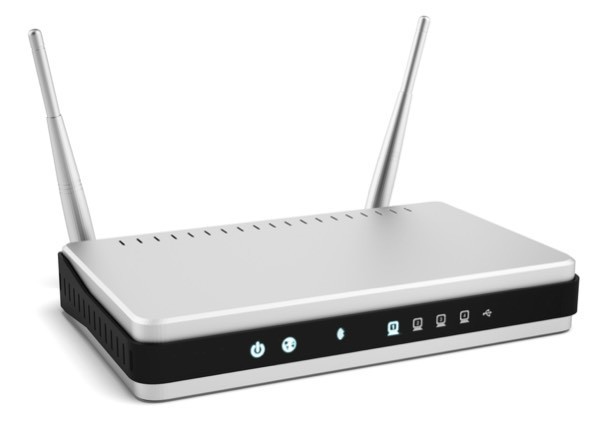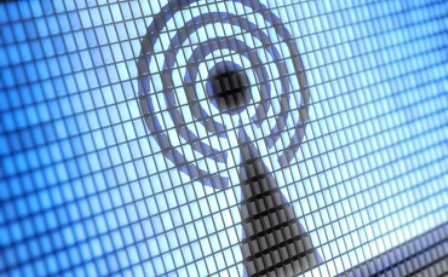If your old router is giving you problems, it’s time that you get a new one – with these tips.
By The Editors | editor@themetrognome.in
Choosing a router can be a tedious task as there are so many in the market. Here are some tips that will help you to decide on the perfect router.
1. Wireless standards
Make the best of a fast Internet connection. Get a router that offers 802.11ac or Gigabit Wi-Fi support. This wireless standard is supposed to be twice as fast as the previous 802.11n with a 1,300 Mbps throughput at the base level. This wireless standard is also compatible with older devices. However, with older devices, you will not benefit from the extra you get as in the case of newer devices.
2. Hardware
While selecting a portable router, it is important to ensure that it fits your pocket and is lightweight and easy to carry around. These routers also come in different colors, shapes, and designs.
3. Life span
Your Wi-Fi router is never going to last forever. Every day, it goes through a lot of load as it handles the Internet connection between your phone, computer, laptop, TV, and every other device at home or elsewhere. As more and more devices are connected to your router, the list keeps on increasing. This leads to degradation in your its performance. Also, wireless standards change often that make your router obsolete sooner. Depending on how many devices your router can connect to before showing a dip in performance as well as its technology, the life span of the router may be determined.
4. Coverage
This is a very important thing to consider. Even if you may carry your router anywhere and everywhere, you do not want to use the Internet while hugging your router. Ensure that your router has enough coverage for you to manage it. You could even use your old router to extend the Wi-Fi range
5. Cost
There is a wide-range of router prices. However, if you just need a portable router for simple daily tasks, you may want to skip the extremely high-end ones. Another reason to skip high-end ones is that changing technologies would make the router obsolete after a few years. Depending on your needs, look for a budget-friendly option.
What to do with your old router once you get a new one?
Once you get a new router, it is very easy to just connect to it and throw out the old one. However, even this old router may be really useful. If your old router is working, you could use it to extend your Internet connection to a wide area. This will let multiple people use your router even if they are in different rooms. You could even exchange it with your service provider or retailer for a discount on your new router.
Before buying a new router, keep all of these points handy and make sure that your router meets them well. So, choose the cheapest, fastest, and most reliable router and enjoy a seamless experience with the high-speed 4G Internet.
(Picture courtesy Online Tech Tips)



